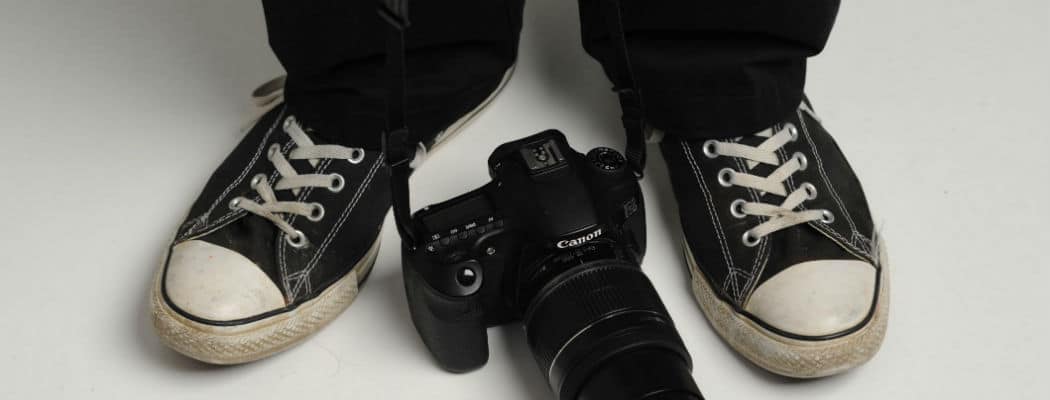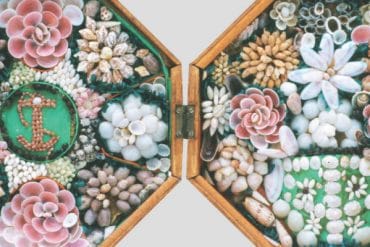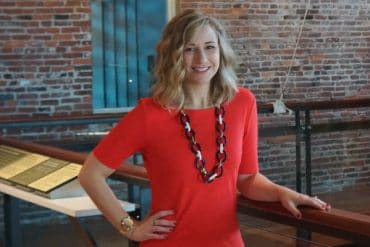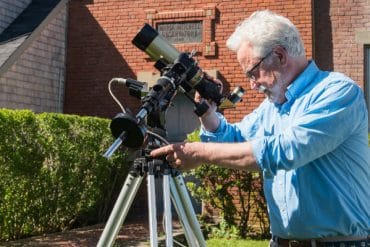A quick chat with Nantucket’s one-and-only Gene Mahon.
N MAGAZINE: What’s the most striking difference between the Nantucket you discovered when you first arrived here in the seventies and the island we have today?
MAHON: There are many!
- The number of people on the island. The college I graduated from had almost twice as many students as Nantucket had residents. There are four people now living here for every one person there was in 1970, and probably eight-to-one in the summer.
- Nobody I knew flew here back then. There were only a few flights per day, none going any further than Hyannis. The (slow) ferry was part of the ritual and was required to adjust down to the Nantucket pace of life and then to readjust up to “the real world” as we called it. There were staterooms that held maybe 6 or 8 people for about $25, making every trip our own private party.
- Hippies were not trusted. We were disliked and considered degenerates on welfare, although we all worked hard. Little old ladies would cross the street rather than pass us on the sidewalk. Every other demographic you can think of other than hippies had been fully absorbed into the Nantucket community in 1970. Things started to change around 1975, primarily I think because so many of us took over existing shops or started our own. Shop owners were of high status we quickly learned, and that trumped hippiedom leading to tolerance and finally acceptance for all.
- Supermarket aisles are now filled with high quality produce. Back then it was as if we were the end of the line and we got only what no other stores took off the truck along the delivery route from Boston. Just try to find cilantro or anyone who knew what it was!
- Old wealth then vs. new wealth now. Old wealth homeowners built more modest homes than you see today, and all without air conditioning. They drove rickety old Jeeps and Wagoneers with the wood paneling falling off, and except for high-end parties and events (of which there were but a few), wore wrinkled and sometimes tattered shirts. I never saw a woman trying to negotiate our cobblestones in high heels back then.

N MAGAZINE: Would you prefer the island be the way it was?
MAHON: Yes and no. Yes because rents were reasonable. You only needed about 3-4 people to pay the rent on a house and The Camera Shop annual rent in 1970 was $3,000. Jobs were plentiful, mostly in the trades. On rainy days, all carpenters, house painters, plumbers and electricians went to the Bosun’s Locker where they joined children who seemed to always be running around town with no visible parents, and dogs you knew the name of who ran freely in and out (leash laws did not exist). It wasn’t a town as much as it was a film set with everyone playing their part. No because as much as I loved 1970s Nantucket, there were things missing, things the island needed, that I needed, if I were to make this my permanent home. Good live music is just one example. Each time I realized the island was missing something, if I could, I tried to make it happen. I started the island’s first jazz club, The Roadhouse; the first video store; the first photo gallery; the first copy center; first alternative card shop; first print and poster gallery; first restaurant guide; first outdoor flea market; started a TV station I thought the island should have; and I rescued Nantucket Sound, the record store, from closure. What was common to all those endeavors was just how easy it was to turn ideas into reality, as so many of my friends also did.
 N MAGAZINE: You have one of the most storied resumes on Nantucket — nightclub owner, camera shop owner, television station owner, gallery owner, e-newsletter publisher — what has been central to your recipe to success? Any specific business philosophy you have adhered to?
N MAGAZINE: You have one of the most storied resumes on Nantucket — nightclub owner, camera shop owner, television station owner, gallery owner, e-newsletter publisher — what has been central to your recipe to success? Any specific business philosophy you have adhered to?
MAHON: I suppose the closest thing I had to a philosophy was the 70s hippie mantra: “Go with the flow.” With the exception of NTV, I never planned ahead for anything I tried. I either spun it out of something I was already doing, or just jumped in. Some ideas worked, some didn’t.
N MAGAZINE: You’ve rubbed elbows with some legendary Nantucket characters over the years — is there anyone who sticks with you as the most memorable or who had the most impact on you?
MAHON: Again, there are so many.
- I was 23 and had been on island less than four months when I found myself the owner of a Main Street shop and a Centre Street gallery. I knew nothing about running a business. Nothing. Reggie Levine, owner of the Main Street Gallery, was one of the few friends I had made in town and he became my mentor and instilled in me the confidence I needed to run the businesses. I’m still learning from Reggie today.
- I knew Chick and Mary Walsh and Terry Pommett. I had met them while protesting the Vietnam War in Washington, DC in 1967. It was Chick and Mary who first told me about the island and invited me to stay at their house in Quaise in the summer of 1969. I have no idea where I would have ended up if I had not gone to that war protest, but it would have been an entirely different life.
- Chick and Terry worked at the Opera House where the owner Gwen Gaillard was larger than life. She was the grande dame of restaurants and the grande dame of the Nantucket social scene. She sat proudly at Table One on the patio, always ready with a one-sentence description that encapsulated the essence of anyone who walked through the door. She scared me at first… You had to be invited to sit at her table, and with the island sentiment so negative on hippies, I thought that would never happen for me and my friends. But it did, sooner than I would have thought, and from then on we watched the expressions on the faces of those who used to be invited to that table when they found us in their seats. Gwen taught me much about how the island worked, and later on when I started the jazz club, she was one of the first to express her complete support and helped us whenever we needed it.
- John Krebs, who took over the Ships’ Inn restaurant, was another larger than life personality and a jazz club mentor for me. A perfect night out started at The Opera House for dinner and/or drinks, then moved on to the Ships’ Inn for more revelry, and then when the Ships’ Inn closed at 11, John would scream at everyone to go to The Roadhouse. So our customer numbers would double or triple at exactly 11:15 and Frank Conroy would kick up the temp and that’s when the real party began.
- Frank Conroy, author and piano player, was my partner in The Roadhouse, along with Torpey. Every night was a party that often ended at either his house in Polpis or my house on the water in Pocomo. He had a grand piano at home and when we were there, everyone was invited to pick up an instrument and play along. Frank disbursed his wisdom in small but pithy pieces. He always said he was not a good piano player, but jazz musicians loved playing with him because “he left them so much (musical) space” to play in and around. I learned to leave my employees the space for them to play in.
- More recently, I met Beth Lochtefeld on Daffodil Weekend right in front of where The Camera Shop used to be. I knew she was someone very special, and I spent as much time with her as I could that summer. Her happiness was in fulfilling the dreams of others. Come fall, she was planning to take me to NYC to show me some nightclubs I would like, and then help me raise the money if I decided to start a new one on the island. Her untimely death ended all that.
 N MAGAZINE: What’s one thing most people don’t know about you?
N MAGAZINE: What’s one thing most people don’t know about you?
MAHON: I used to play the trumpet.
N MAGAZINE: If you could change one thing about Nantucket today what would it be?
MAHON: Magically make home prices more affordable for anyone who works hard.
N MAGAZINE: You’re a Nantucket icon, but if you were going to live anywhere else, where would it be?
MAHON: Maui or San Francisco (or both).
N MAGAZINE: What is your cure for “island fever”?
MAHON: Maui. Oops…another island.
N MAGAZINE: What 5 words would you use to describe your life on Nantucket?
MAHON: Magical. Nurturing. Inspiring. Fruitful. Safe.
N MAGAZINE: If you were in charge of putting together a time capsule so that people would understand Nantucket 200 years from now, what five items would you put in it?
MAHON: Photos of Main Street at noon in the 70s and photos of today at Cisco Brewers. Challenge the people of 2216 to tell the difference. And an inflatable raft because much of town will be underwater far more often than today.






